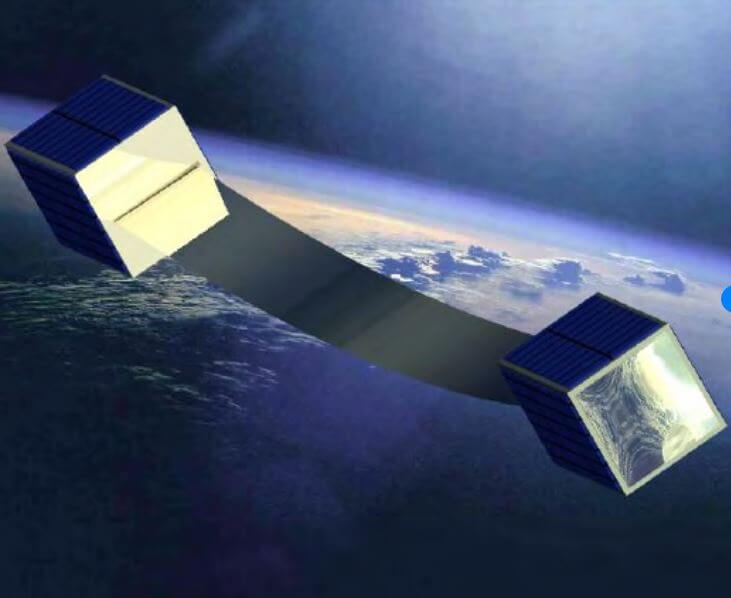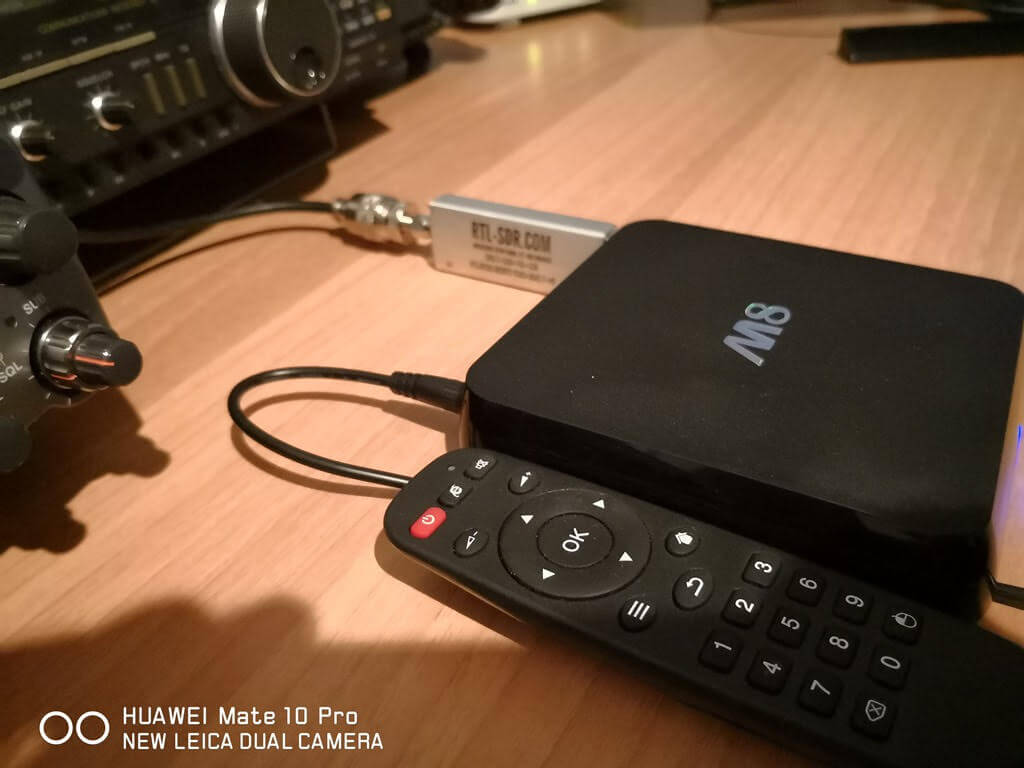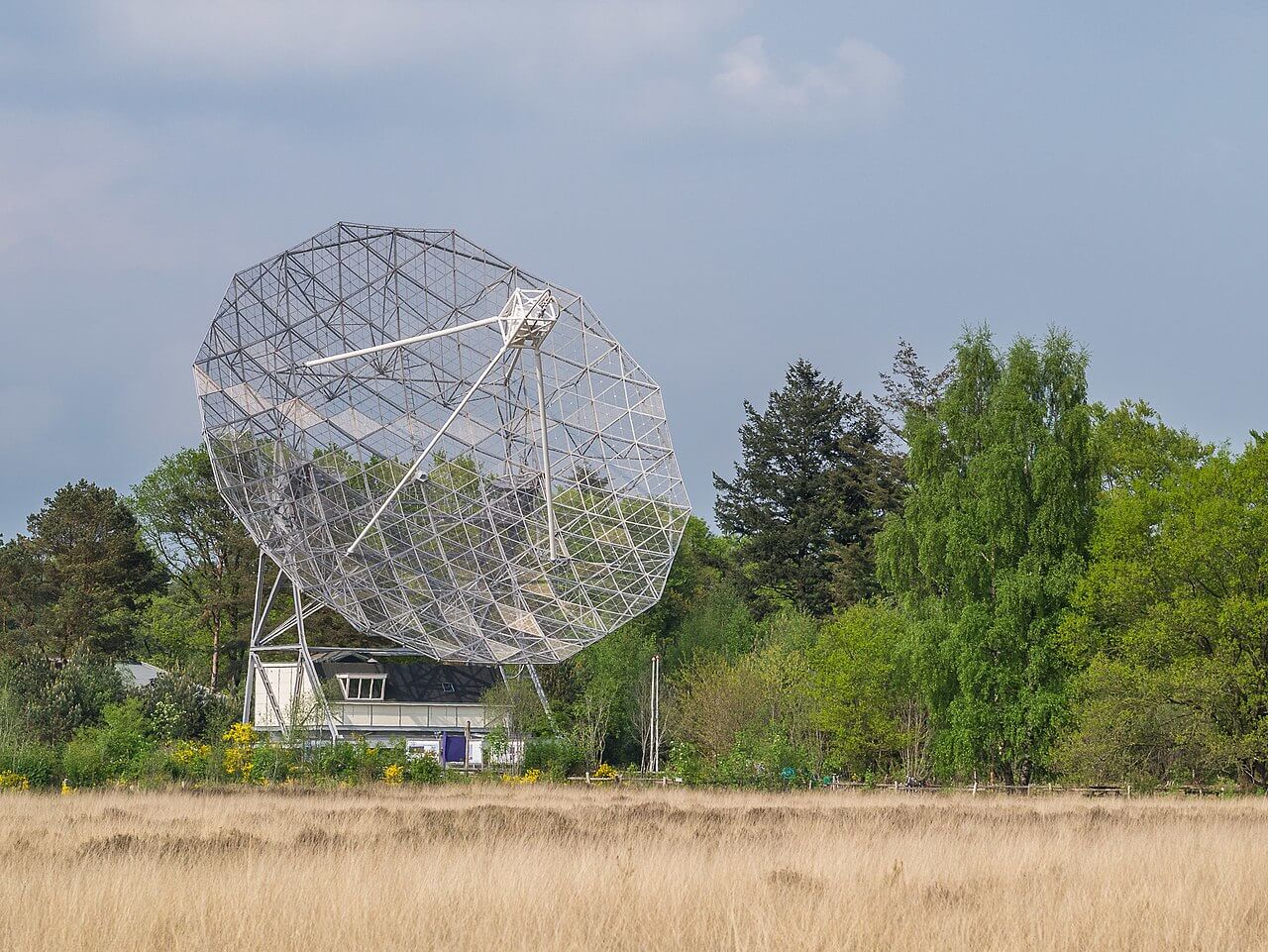Building a Carbon Fibre Dual Band Yagi Antenna for Amateur Radio Satellites with 3D Printed Parts for 20€
Back in early 2017 we posted about Manuel's (aka DO5TY / Tysonpower) design for a single band 140 MHz 3D printed carbon fibre Yagi antenna. Today he's submitted a new video about creating a dual band 3D printed carbon fibre cross Yagi antenna for only 20€. Note that the video is narrated in German, but there are English subtitles. He's also uploaded an English text tutorial to his blog, which includes links to the 3D printer STL files.
The antenna is designed to be a low cost replacement for the commonly used Arrow dual band 2m/70cm antenna which is designed for receiving and transmitting to amateur radio satellites. Many amateur radio satellites have an uplink frequency set at around 145 MHz, and a downlink frequency around 435 MHz (and some satellites have the frequencies reversed). So a dual band Yagi is ideal for these satellites. Manuel writes that with his 5W Baofeng handheld he's already made several successful contacts with his new antenna.
Manuel's antenna consists of several 3D printed joints, with a carbon fibre rod used as the main boom. Aluminum rods make up the receiving and transmitting elements. The video also discusses impedance matching and how he uses a diplexor so that there is only one connection required to the radio. The advantage of his antenna over the Arrow is that it is significantly cheaper, and also much lighter in weight.


